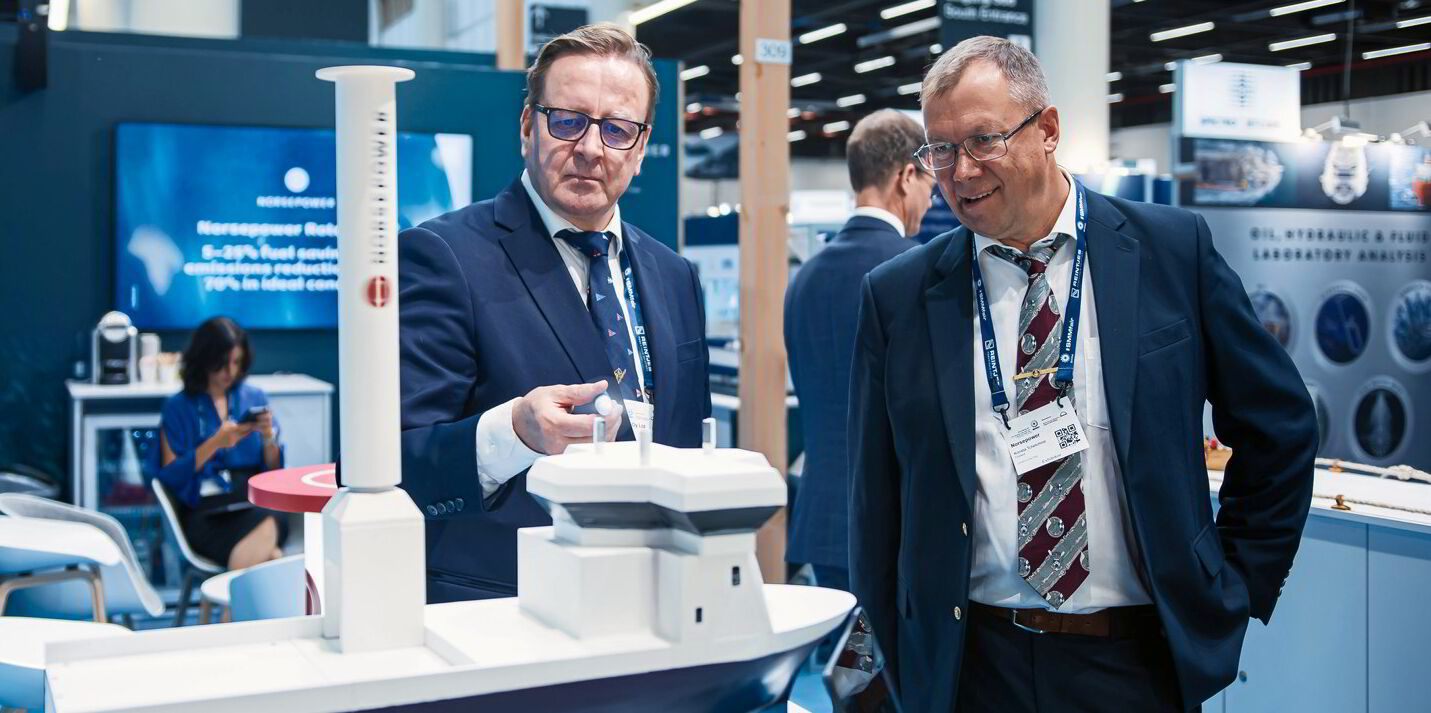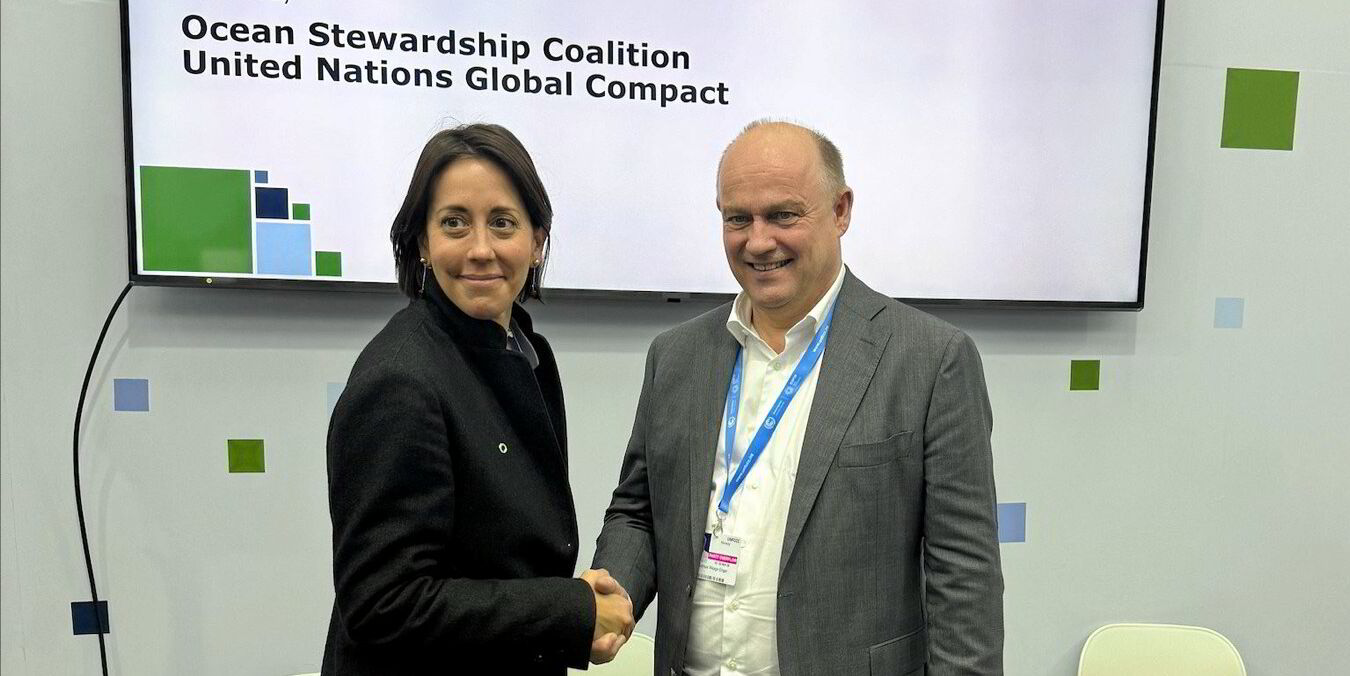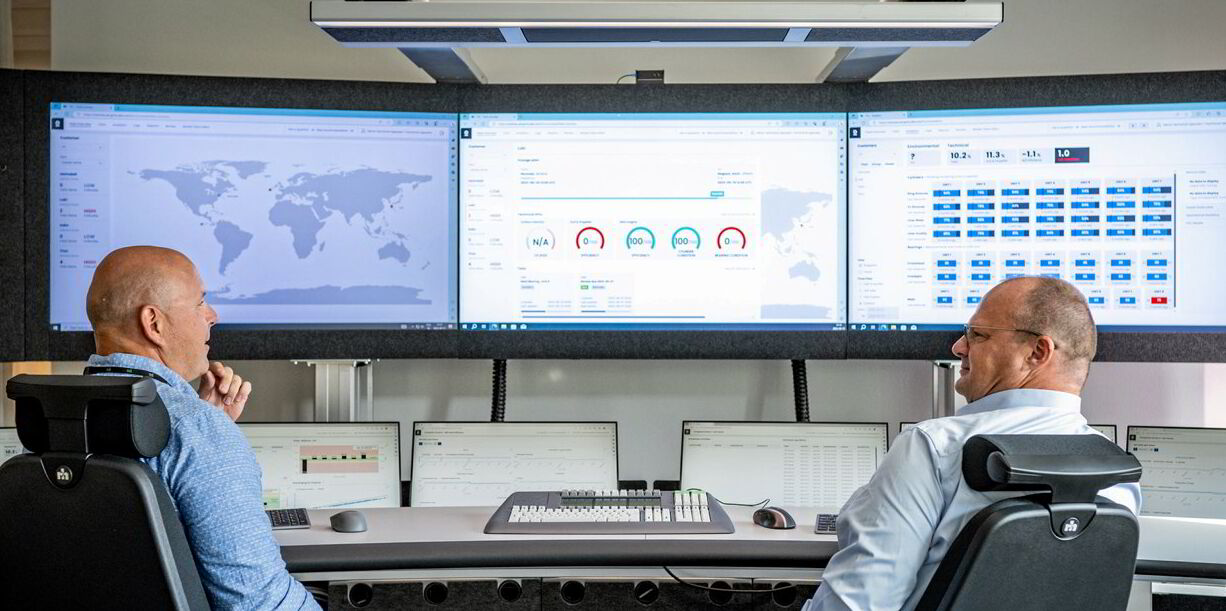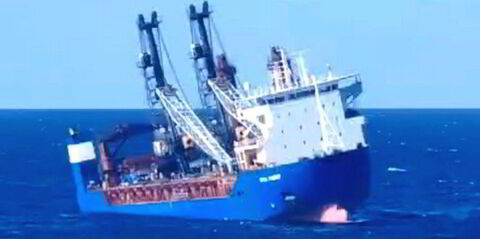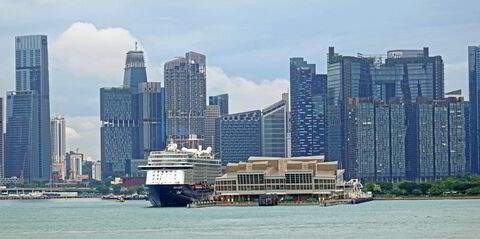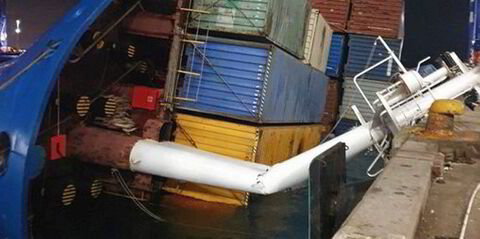Norsepower has been something of a poster child for wind propulsion technology, a market in which heady promises are made about power and fuel savings and cutting emissions.
Founded 12 years ago in Finland, Norsepower has relied on domestic and European funding for first trials and installations of its Flettner rotors — a spinning lightweight tube that creates thrust to push a ship forward by harnessing the Magnus effect, the phenomenon that a baseball player or footballer uses to curve a ball.
But with ambitions to turn the cleantech start-up into a full-scale industrial engineering firm, the company has welcomed new chief executive Heikki Pontynen, who took over from founding boss Tuomas Riski earlier this year.
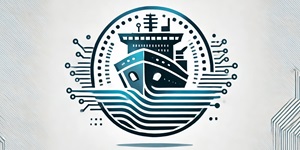
Pontynen told TradeWinds that Norsepower is attracting orders for a range of rotor sizes and has grown its headcount from 30 to 120 over two years.
It has also opened a subsidiary in China to access the newbuilding market there.
Industrial, standardised, but occasionally bespoke
Pontynen said the Chinese facility has a target of up to 100 rotors a year and Norsepower is looking for a second factory site, which will be located so that rotors can reach ship repair yards for retrofitting.
Drawing on his experience as the former head of Finland’s Rauma shipyard, Pontynen will use a shipyard’s cluster approach to suppliers and sub-suppliers when building up manufacturing sites.
The aim, he said, is to build standard rotor sails quickly and efficiently while being able to design bespoke units on request.
Pontynen explained that Norsepower opted to open its own subsidiary in China rather than outsource as it enables them to keep tight control of their intellectual property right (IPR).
‘Global risks’
“We understand there are global risks,” he said, “so we protect our IPR, not only in the [Flettner rotor] tower but also in the control automation and the AI systems.
“We have over 60 patents, of which 20 are pending, so we want to save our know-how, hence owning our own plants.”
Norsepower is not without competitors.
Greek/British start-up Anemoi Marine and China’s Dealfeng New Energy Technology also have Flettner rotors on vessels.
A similar technology, the suction sail, is being sold by Bound4blue and Econowind, which have growing orderbooks.
While the UK’s BAR Technologies has also made its mark with its larger, rigid-wing system and notably has a deal with UK shipowner Union Maritime, as has Norsepower.
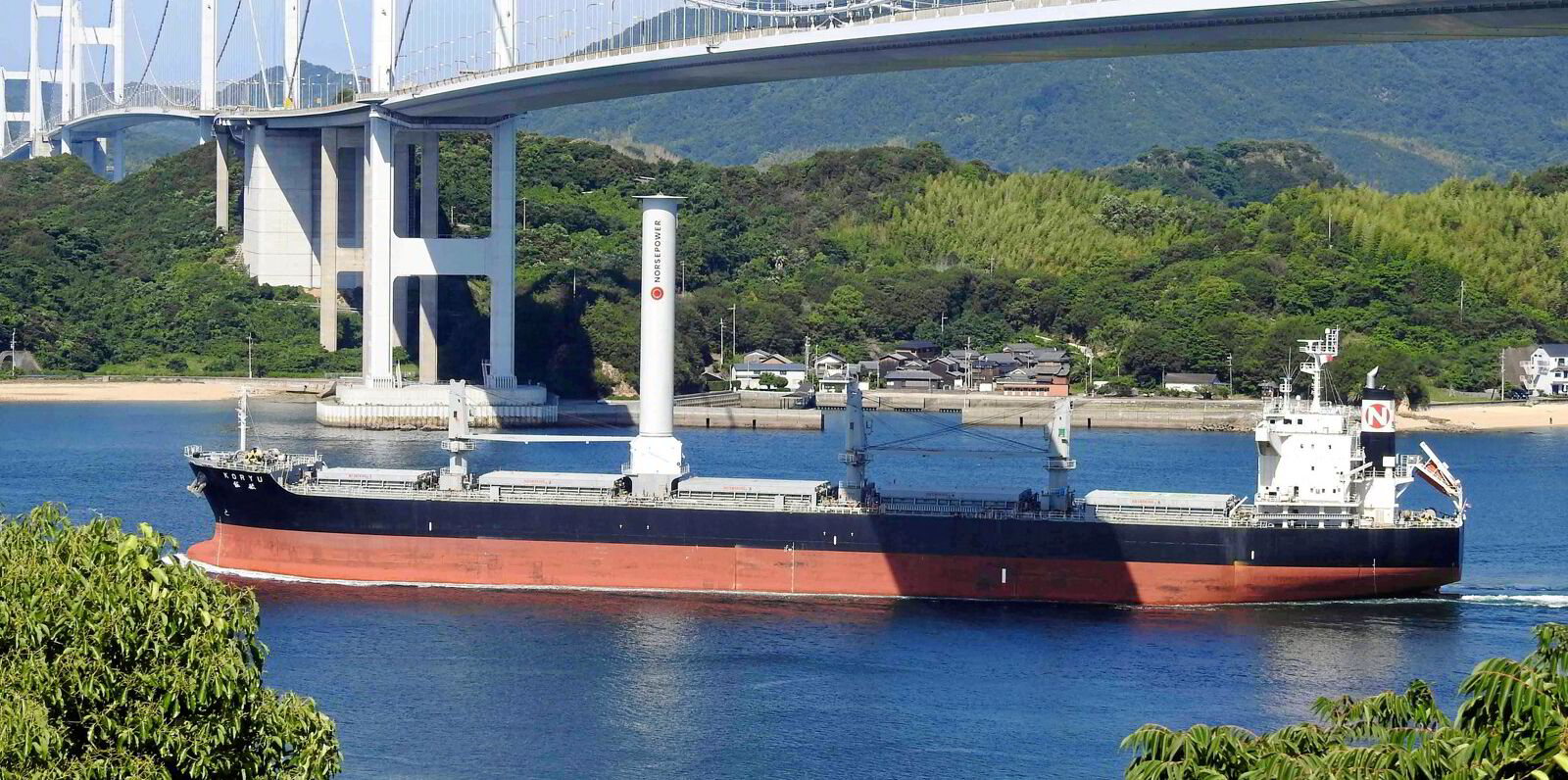
Union Maritime has one of the largest wind assist orderbooks, has taken a stake in BAR Technologies and is rolling out a roadshow to promote wind.
Such is the interest in the space that Norsepower’s days of relying on funding and grants are soon to be a thing of the past.
In its latest annual statement for 2023, Norsepower recorded an operating profit of €724,299 ($770,654) for the year compared with a loss of €5m the year before.
However, it is notable that the year included over €7m income from business not related to normal turnover.
There will inevitably be acquisitions as take-up of the technology grows, Pontynen said, although with only 48 vessels fitted with systems from Norsepower and its competitors, this may be some way off.
Pontynen believes the maritime windtech market will likely follow in the footsteps of the scrubber and ballast water technology markets where standalone, single-product start-ups developed solutions and were eventually taken over.
Fellow Finnish engineering firm Wartsila, for example, acquired technology firm Hamworthy a decade ago, acquiring ballast treatment and scrubber technologies.
Pontynen said that shipyards are also developing their own wind propulsion systems to put onto their makers’ list when attracting shipowners to place orders, just like they have done with other technology solutions.
“Vertical integration will take place because the business volumes could be huge,” Pontynen said.
